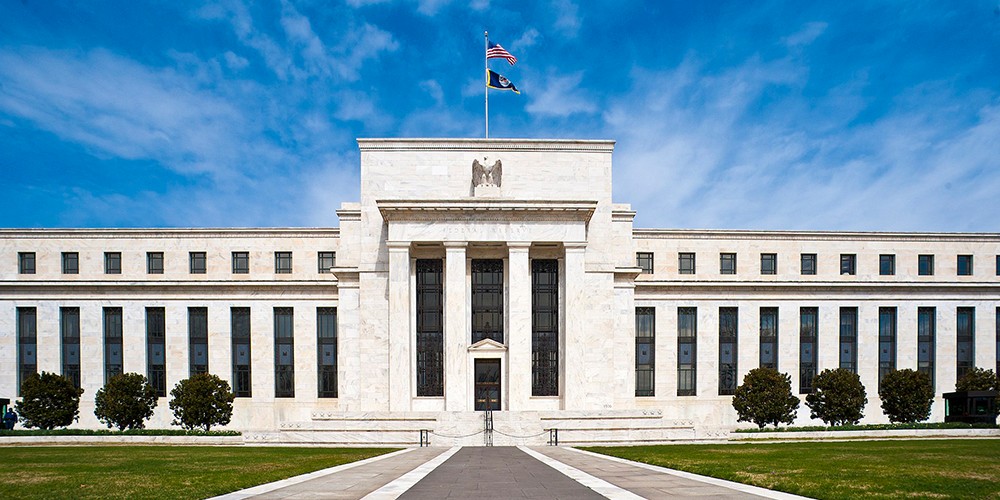Last week’s surprising consumer price index data gave markets a severe jolt. Market participants are suddenly hand-wringing over inflationary prospects and the implications for US monetary policy.
It is ironic, though perhaps inevitable, that one month’s surprisingly strong CPI surge could create so much nervousness. The markets knew that once the base effects of last year’s price declines were taken out of the year-on-year data, inflation prints would rise significantly. They also knew that the reopening of the economy would bring supply bottlenecks, buoying prices.
As pointed out in an OMFIF panel, the US – and other countries far more rigorously – have never shut their economies down and then reopened them before. Statistical correlations with the past are unlikely to offer a guide to the future. This should not be surprising.
The Federal Reserve, pursuant to its new flexible average inflation targeting regime, has also made it clear that it wants higher inflation and would accept above 2%. But even allowing for the Fed’s wish for higher average inflation in contrast with the past decade’s undershot inflation targets, is the price surge transitory as the Fed believes or more persistent?
Some argue that surging monetary aggregates portend a breakout in prices. But a quantity theory of money approach to gauging future inflation is neither going to be meaningful nor helpful given the approach’s longstanding flaws.
Larry Summers, backed by Olivier Blanchard – two of the world’s preeminent economic thought leaders – support a different argument. They suggest that because of the unprecedented and massive stimulus in the US, well in excess of the output gap, a large and perhaps enduring inflationary surge could be triggered, perhaps of a kind not seen by a generation accustomed to the great moderation.
However, there are strong arguments – many put forward by a range of Fed officials – that support a transitory view of the inflation surge.
- Output gaps can’t be precisely measured. The US may have far more slack than previously thought. Even if unemployment is now 6.1%, broader measures still stand above 10%. Several years ago, unemployment of 4% was seen as consistent with steady inflation, yet unemployment fell to 3.5% without price pressures.
- There is a difference between relative price effects and a more troublesome general rise in prices. Supply bottlenecks, which are lifting various prices, will be overcome as resources shift.
- A one-time jump in the level of wages is not the same as a general increase, which is often associated with rising and persistent price pressures. Further, the labour share of income has fallen sharply since the early 2000s. Businesses should be able to absorb some degree of higher costs in their profit margins. The flatness of the Phillips curve reinforces these points. So does a widening US current account deficit, meaning that foreign goods are able to meet stronger demand at home.
- US inflation has essentially undershot its target for a decade. If anything, US lowflation expectations are too anchored.
- The stimulus introduced by President Joe Biden will wane, US fiscal policy will shift to less accommodation and activity will revert towards the trend.
The discussion is further confused by a cacophony of different price measures used in daily discourse. For the public, it’s not always clear whether headline CPI, core inflation or core personal consumption expenditure – the Fed’s targeted measure – is being spoken about. Analysts often confusingly cite monthly (or quarterly) figures, monthly figures annualised or year-on-year data.
On balance, it’s not clear whether the upsurge in prices will be transitory or persistent. The bottlenecks may last longer than expected, rendering it harder to determine whether supply disruptions or demand effects are dominating. High year-on-year figures may continue for a time.
While the Summers/Blanchard view should be taken seriously, the arguments put forward for a transitory price surge are strong. The Fed is a highly credible institution. Its views are supported by solid reasoning. If the Fed view proves overly sanguine, it has the tools to tackle a persistent price surge. For the time being, one should give the Fed the benefit of the doubt.
It is understandable that market participants, long coddled by Fed puts and a lowflation/low-rate environment good for stocks and bonds, are filled with anxiety. But markets should relax. Patience will be needed.
Mark Sobel is US Chairman of OMFIF.
